Download your PDF score!
By music teachers, for their students
| Title | Author | Set | Prices | ||
|---|---|---|---|---|---|
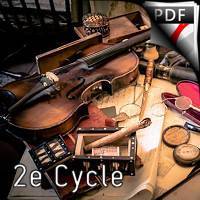
|
Carlotta (Strings) |
Paul Collin |
Orchestre à Cordes |
19.90€ |
|
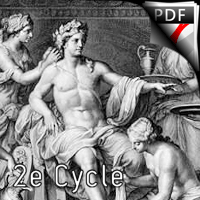
|
La Grotte de Versailles (choir string orchestra) |
Jean-Baptiste Lully |
Chœur & Orchestre à Cordes |
19.90€ |
|
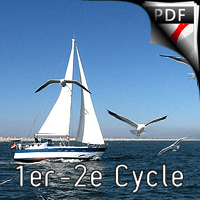
|
Medley Maritime |
Traditionnel |
Ensemble à Cordes |
5.90€ |
|
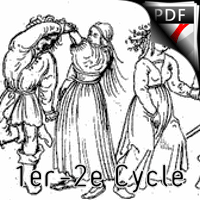
|
2 Renaissance Songs |
Anonyme |
Ensemble à Cordes |
5.90€ |
|
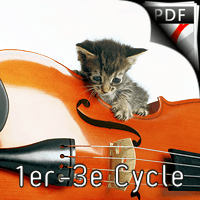
|
The Carnival of the Animals |
Camille Saint Saëns |
Ensemble à Cordes |
39.90€ |
|
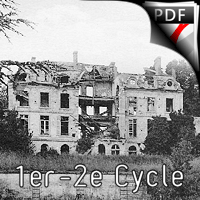
|
Chateau de Toussicourt |
François Méchali |
Chœur & Orchestre à Cordes |
19.90€ |
|
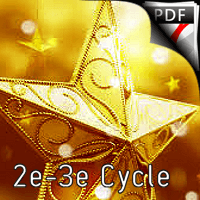
|
We Wish You a Merry Christmas (Saxophone String orchestra) |
Traditionnel Anglais |
Saxophone Alto, Chant et Orchestre à Cordes |
19.90€ |
|

|
We Wish You a Merry Christmas (Trumpet String orchestra) |
Traditionnel Anglais |
Trompette, Chant et Orchestre à Cordes |
19.90€ |
|
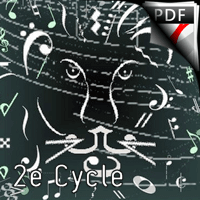
|
Visite Zoologique |
René Potrat |
Orchestre à Cordes |
49.90€ |
The string orchestra is an orchestra consisting solely of a string section made up of the bowed strings used in Western classical music. The instruments of such an orchestra are most often the violin, which is divided into first and second violin (each usually playing different parts), viola, cello and usually, but not always, double bass.
String orchestras can range in size from a chamber orchestra of 12 (4 first violins, 3 second violins, 2 violas, 2 cellos and 1 double bass = 12) to 21 musicians (6 first violins, 5 second violins, 4 violas, 4 cellos and 2 double basses = 21) sometimes performing without a conductor. It could also include the entire string section of a large symphony orchestra, which might number 60 musicians (16 first violins, 14 second violins, 12 violas, 10 cellos and 8 double basses = 60).
The repertoire includes several works by Mozart (including Eine kleine Nachtmusik), William Boyce (his eight symphonies are for strings only) and Haydn, who dispenses with the Baroque basso continuo. Some of these works are problematic when it comes to deciding whether they are intended for orchestra or string quartet. Particularly in Haydn's early works, it is argued that the harmony inversions of the occasional crossings of the bass line and viola imply a double bass; the question is not settled, however.
Important twentieth-century scores were written for string orchestra by Bartók (Divertimento for String Orchestra), Stravinsky (Apollo), Witold Lutosławski (Funeral Music), Benjamin Britten (Simple Symphony and Variations on a Theme of Frank Bridge), Charles Wuorinen (Grand Bamboula) and Malcolm Williamson (Symphony No. 7). Sir Michael Tippett wrote a Concerto for double string orchestra and Ralph Vaughan Williams wrote a Partita for double string orchestra. Composers who wrote a Serenade for string orchestra include Tchaikovsky, Dvořák, Suk and Elgar. Mendelssohn also wrote a number of symphonies for string orchestra.
Sometimes scores originally written for string quartet, quintet, sextet, etc. are arranged for string orchestra. Examples include Samuel Barber's Adagio for Strings, the 3 pieces from Alban Berg's Lyric Suite, Arnold Schoenberg's string sextet Verklärte Nacht and String Quartet No. 2, Pyotr Ilyich Tchaikovsky's sextet Souvenir de Florence, John Corigliano's Second String Quartet and Jean Sibelius's Andante Festivo. An optional timpani part is also added to the Sibelius piece. Shaker Loops, written in 1978 for septet and arranged in 1983 for string orchestra by American composer John Adams, has recently become a popular addition to the repertoire. Graham Waterhouse has composed several works for string orchestra (Sinfonietta), also in combination with contrasting sounds, such as Great Highland Bagpipe (Chieftain's Salute).
